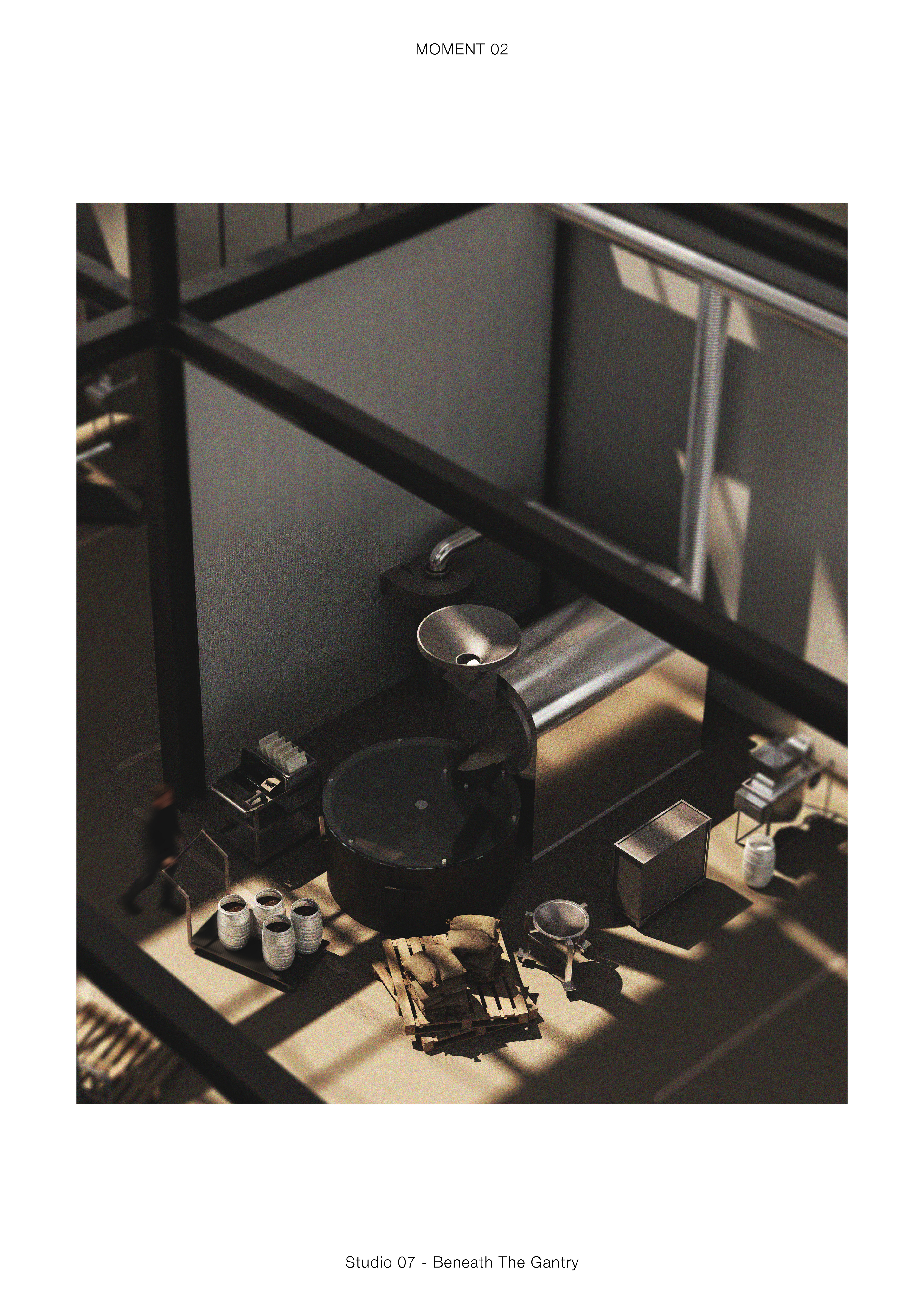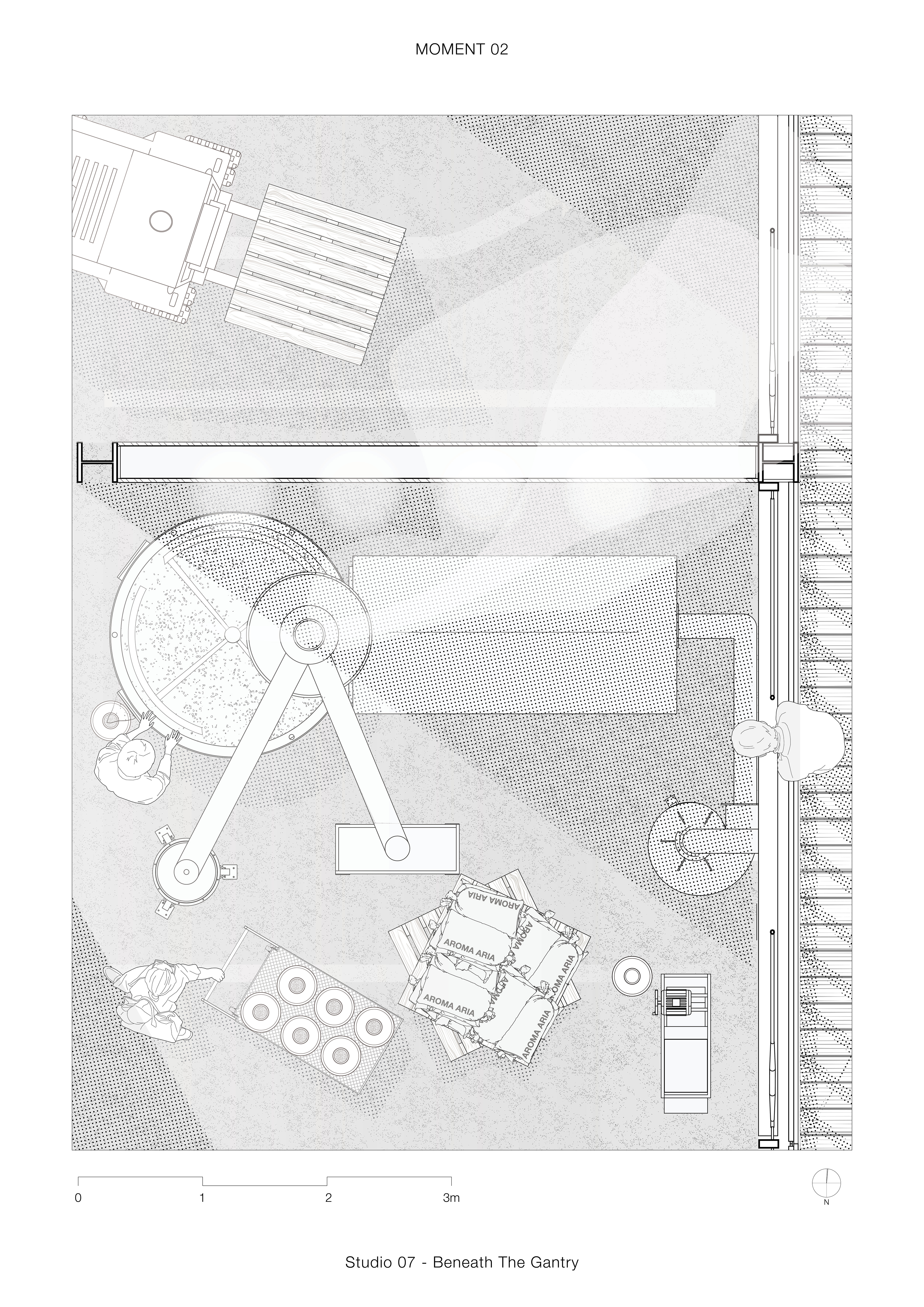Design Statement
A new development of coffee manufacturing involved roasting, innovating and reprocessing nestled Weston Milling historic site in North Melbourne. The new purpose would mainly focus on the coffee roastery with a high-tech roaster and high-efficiency assembly line. Moreover, the facility would give the opportunity to invent new coffee products to keep the continuity of the coffee culture in Melbourne.
There are over 1600 cafes in Melbourne, out of which 95% are independently owned and coffee houses have already been the epicenters of communication and social life. In the same way, the new coffee facility would be the epicentre of social life for the coffee creators. The Vision for this new coffee roastery is to provide large batches of roasted coffee manufacture for coffee stockholders as well as the new facility as a coffee community invites creators to innovate new coffee products in order to refresh and develop residents’ life qualities.
The new site would keep parts of Weston Milling's historical elements to blur the sudden transition between old industrial heritage and contemporary industrial impact.
Site Response
The current Weston Milling site serves as a barrier, protecting the industrial culture area from the encroachment of new, emerging high-rise residential developments. the purposed development, as a permeable space, allowing residents to engage with and participate in the industrial culture that defines the area.
The industrial legacy of this site originated with the Melbourne Swamp and Blue Lake. This natural landscape was dramatically altered during the Gold Rush, when a substantial wave of migration led to the filling of the original Blue Lake to make room for residential development. This intervention disrupted the natural drainage and flow of Moonee Ponds Creek, resulting in flooding, while also uncovering an abundance of clay that attracted potters and brickmakers. The industrial and manufacturing foundations of the region were thus laid.
As the site further developed, the northern and western parts evolved into an industrial and manufacturing district, in stark contrast to the primarily residential area to the east. This division in land use reflects the site's multifaceted history and its ongoing adaptation to changing needs and opportunities.
Accessibility has been key in shaping the site's dynamics. North Melbourne Station is conveniently located a mere 12-minute walk away, ensuring easy transit for residents and workers. The area's extensive car parking facilities further testify to the large workforce employed at the site. This abundance of space, paired with thoughtful planning, creates opportunities for social interaction at specific times, fostering community engagement within an industrial setting. Through this integrated approach to planning and development, the site showcases a rich history, a multifunctional landscape, and a thriving community, all the while honouring its industrial roots and cultural heritage.





